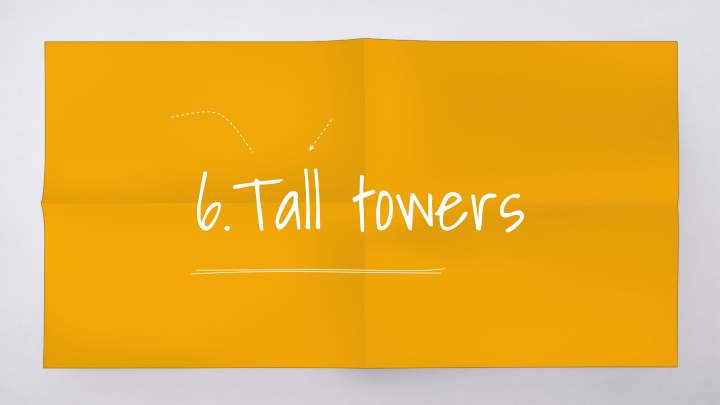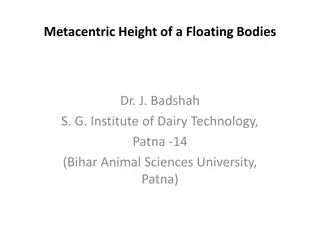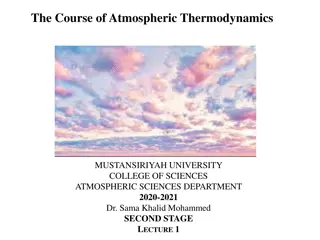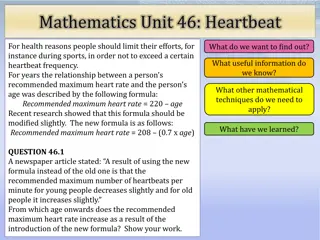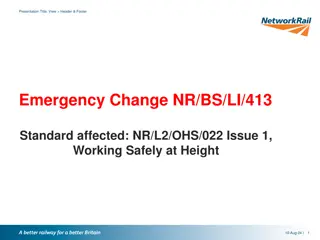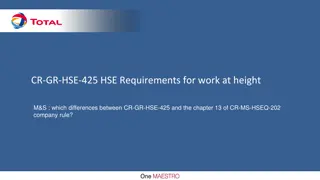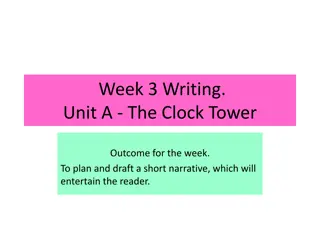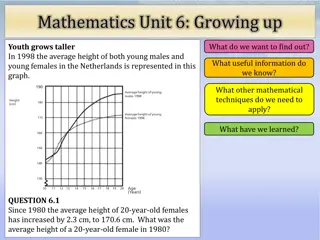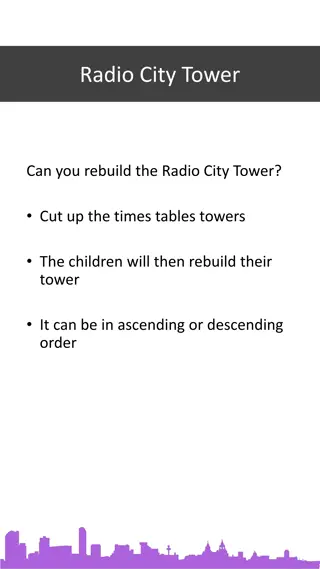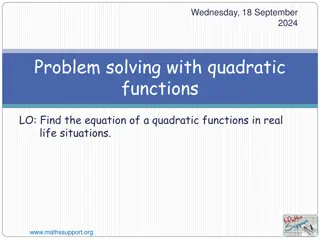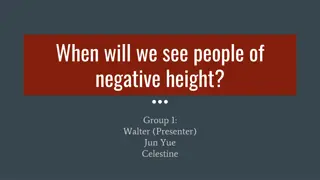Investigating Factors Affecting Maximum Tower Height
This project delves into determining the factors that limit the maximum height of a tower built by stacking rectangular bricks. The experiment explores the impact of human skill, brick shape, stability of the hand, age, and building system on tower height. Through theoretical background, hypothesis formulation, and analysis, the study aims to provide insights into optimizing tower construction.
Download Presentation

Please find below an Image/Link to download the presentation.
The content on the website is provided AS IS for your information and personal use only. It may not be sold, licensed, or shared on other websites without obtaining consent from the author.If you encounter any issues during the download, it is possible that the publisher has removed the file from their server.
You are allowed to download the files provided on this website for personal or commercial use, subject to the condition that they are used lawfully. All files are the property of their respective owners.
The content on the website is provided AS IS for your information and personal use only. It may not be sold, licensed, or shared on other websites without obtaining consent from the author.
E N D
Presentation Transcript
Problem to be investigated A tower is built by stacking rectangular bricks on top of each other. Some people argue that the maximum height of the tower is limited by the human skill to place the bricks gently; others may say that the limiting factor is non-perfect shape of the bricks. Perform experiments to outline the factors that limit the maximum height of such a tower. 2
Contents of presentation Introduction Theoretical background Hypothesis Analysis and explanation of the experiment Conclusions References 3
Gravity, center of gravity and body weight Gravity is applied to every part of a body by pulling it towards the center of the Earth. Thus all the forces exerted on a body due to its reduction in relation to the radius of the Earth are considered parallel.The component of all this is called body weight. The point of application of this component on the body is called the center of gravity of the body. If the field of gravity is homogeneous throughout the space occupied by the body and the density of the body has a uniform distribution, the center of gravity is the same point as the center of mass of the body. The center of gravity is that part of the body that can be supported in order to balance under the energy of gravity. 5
Centre of gravity. The red dot is the centre of gravity G. 6
Buildings system A system, known as the buttressed core, is a kind of a massively wide building and limited loss of space for structural elements.For this exponential cone it is possible to build tower of any high from any material. Of course this kind of needle is not possible to build and it does not make any sense to build, if we accept that final radius at maximum height 100 km equals 0.5 meter. 7
Hypothesis The stability of the human hand is going to determine the height of the tower The age is key factor The shape of the brick will differentiate the maximum height of the tower The building system and the structure of the base affects the height. 8
Analysis of the experiment 1. We asked a few people of different ages,with any kind of diseases and from both genders to build a tower as high as possible.We recorded their measurements and wrote them down. 2. We used 3 Jenga towers and a paper mold so that we can exclude the parameter of the human skill and so that we can test if the shape of the pieces will affect the height.(we measured the shape of the pieces) 3. We also asked them to built it in a different way with different bases. 9
The measurements of our experiment Ages Average number of Jenga pieces 13-15 100 30-45 92 70-85 74 10
Experiment process 13-15 70-85 30-45 12
Experiment no.2 We asked the same people to build a tower by using a paper mold. We measured again the number of pieces and the shape of each. 13
Every person that we experimented on managed to build the tower at his maximum height with the help of the paper mold, regardless of the age and the conditions. 16
Experiment no.3 We asked again the same people to build a tower but this time with 2 pieces as a base and we measured the average number of pieces. 17
Conclusions When we used a two-pieces base as a building system the average number of pieces was reduced. The age did not play an important role in the third experiment so we realize that the building system plays the most important role. In the second experiment everyone managed to reach the maximum height of the tower so the stability of the human hand is a determinant factor. 20
Conclusions The age affects the maximum height of the tower, because of the stability of the human hand. The imperfect shape of the bricks is a determinant factor The wider the base, the higher the tower People who suffer from any kind of disease(for example Parkinson)that affects the stability of the human hand, built a shorter tower 21
References https://www.google.com/search?q=buttressed+core&rlz=1C1GCEA_en GR956GR956&sxsrf=ALeKk02J06gxCZFWbCCa1Th7UodSWXsLdA:162 3833136984&source=lnms&tbm=isch&sa=X&ved=2ahUKEwimoLfq4Zv xAhUjhf0HHTHJD- AQ_AUoAXoECAEQAw&biw=1280&bih=577#imgrc=geW1UGQ0EzJCs M https://www.bloomberg.com/news/articles/2012-08-16/is- there-a-limit-to-how-tall-buildings-can-get https://www.sciencealert.com/what-s-the-tallest-thing-we-could-ever- possibly-build https://www.instructables.com/How-to-Build-a-Giant-Jenga-Set/ https://www.britannica.com/science/centre-of-gravity 22
